Are you planning to replace the roof of your shed? A worn-out, damaged, or aged roof can damage both the structure and value of a shed. Fortunately, replacing a shed roof is a relatively straightforward process if done correctly. You will need to remove any existing lumber and nails as well as install new underlayment before adding shingles or other materials. Additionally, some specific tools and supplies are required for this project. In this blog post, we’ll discuss how to replace a shed roof in several easy steps. We’ll also try to address common questions and provide helpful tips on how you can complete the task professionally without breaking your budget!
Reasons You May Want To Replace A Shed Roof
- To Increase Home Value: Replacing a shed roof with a more durable, attractive material can make it look brand new and significantly increase the value of your home.
- To Prevent Leaks And Structural Damage: When left untreated for too long, a weak or damaged roof can lead to water damage that causes leaks and even structural damage to your shed and its contents.
- To Improve Insulation: If you plan on using your shed as an extra living space, such as an office or guest house, replacing the roof with an insulated material may help keep it warm in the winter months and cool during summer days.
- To Enhance Curb Appeal: A new shed roof can give your outdoor spaces a whole new look and make your house more attractive to potential buyers.
- To Save Money On Energy Bills: A shed roof that is properly insulated can help keep out drafts and reduce heat loss, which in turn can lower your monthly energy bills.
- To Increase Longevity: Replacing an old, worn-out shed roof with a newer, more durable material can help extend the life of your shed and protect it from the elements.
- To Add Attractive Features: Installing different types of shed roofs such as corrugated metal or shingles can add visual interest and character to your outdoor spaces. [1]
How To Prepare For Replacing A Shed Roof?
The task of replacing a shed roof can be intimidating. Replacing your shed’s roof can be a fast and easy project if you have the proper preparation and materials. Here are some tips to help make sure you have everything you need for the job.
- Measure the Shed: Before doing anything else, it’s important to accurately measure your shed so that you know what size of materials to purchase for the job. You should at least measure the length, width, and height of each side of your shed in order to get an accurate measurement. It may also be helpful to draw up a sketch or diagram showing the measurements as well.
- Choose Your Materials: The type of material you use for your shed roof will depend on the size and shape of your shed as well as your climate. Popular roofing materials include asphalt shingles, metal sheets, tile, and rubber.
- Gather Tools: You will need a variety of tools in order to complete the job, including a ladder or scaffolding, screws and nails, utility knife, measuring tape, hammer or drill/driver set with bits for various materials (such as wood screws for wood roofs), caulking gun and caulk/sealant appropriate for your material type.
- Make Sure You Have Enough Materials: Once you have chosen the right material for your shed roof replacement project, make sure you purchase enough rolls of material so that you don’t run out in the middle of the job. Most roofing materials come in 3-foot wide rolls, but you may need to buy more depending on how large your shed is.
- Clear Away Debris: Before beginning the replacement process, make sure to clear away any debris from around and inside your shed in order to give yourself plenty of room to work. This will also help ensure that no unnecessary objects get damaged during the process.
With these tips, you can ensure that you are well prepared for replacing a shed roof. Make sure to measure and purchase enough material, as well as gather all tools needed so that you can complete this project quickly and safely. Once you have everything ready, it’s time to begin! [2]
How To Replace A Shed Roof?
Once you have everything ready, it’s time to begin replacing the shed roof. The process will vary slightly depending on the type of material that you are using, but are a few basic steps that should be taken in order to properly replace shed roof:
- Remove the Old Roof: Carefully remove the old shells or other materials from the shed’s roof and take them from the area for disposal. Make sure not to damage any parts of the underlying structure as you do this.
- Prepare The Surface: Once all of the old material has been removed, check for any nails left behind and remove them with a hammer or nail setter if necessary. Next, inspect the surface of the shed’s roof and make any necessary repairs.
- Install The New Material: Begin by laying down a layer of felt paper or other cover material over the entire surface of the shed’s roof to provide a waterproof barrier between the new material and the underlying structure. Next, lay down your chosen material starting at one end of the shed and working your way across until you reach the other side. Make sure that all seams are properly sealed with caulk or sealant as you go in order to ensure proper adherence of each piece.
- Finish Up: Once all pieces have been placed on the shed’s roof, inspect for any gaps or imperfections in your work and apply additional sealant if needed to fill in any gaps or reinforce the seal. Finally, use a roller to ensure that all pieces are firmly adhered and provide an additional waterproof barrier.
By following these steps, you can replace your shed’s roof quickly and efficiently with no hassle. Make sure to use quality materials and follow manufacturer instructions for best results! [3]
Common Issues With Shed Roofs
Anyone who owns a shed knows that the roof is often one of the most neglected parts of it. Without regular maintenance, the roof can quickly become damaged and start to leak. Common issues with shed roofs include:
- Broken or Missing Shingles – Over time, shingles on a shed roof can become broken or even completely missing due to heavy winds or other weather conditions. If not addressed quickly, these areas can let water into your shed and cause further damage to its contents.
- Ponding Water – Sheds are often built in places that allow rainwater to pool up on top of them rather than running off properly. This excess water can weigh down the structure and eventually lead to leakage if not addressed.
- Roof Flashing Gaps – The metal roof flashing around the edges of your shed can become damaged or even come loose over time, leaving gaps for water to enter and cause damage. It is important to check this regularly and make sure it is in proper condition.
- Poor Ventilation – Overheating and moisture buildup inside a shed can lead to rot and mold growth if not properly ventilated. Make sure your shed has adequate ventilation to ensure that these issues don’t occur.
If any of these problems are present on your shed’s roof, it may be time to replace it with a new one! [4]
Types Of Shed Roof Repairs
Roofing And Underlayment
When replacing or repairing a shed roof, it’s important to start with the basics. This means making sure that any damaged areas of the underlying wood structure are fixed and all nails, screws, and other fasteners are properly sealed against water damage. Additionally, if you’re going to be using shingles as your primary material for covering the roof, then make sure that any existing underlayment is in good shape before proceeding.
Gutters
In addition to ensuring that the underlying structure is sound and secure, you’ll also need to think about how gutters will fit into the equation. If your shed has an existing gutter system in place (or if you plan on installing one), then make sure that all of its components are properly secured and free from any debris that could cause the roof to leak. If a gutter system is not already in place, then consider installing one so that water runoff can be better managed.

Shingles
When it comes time to actually cover the roof with shingles, make sure that you use high-grade materials designed for outdoor use. This means selecting products made from asphalt or rubberized plastic-coated steel. Additionally, if you’re using asphalt shingles, they should also be treated with a fire retardant to ensure the highest level of protection against sparks and embers. When laying out the pattern of your shingles, make sure to start at the eaves (the bottom edge) and work your way up the slope.
Other Materials
In addition to asphalt and rubberized plastic-coated steel, there are a variety of other materials available for use on your shed roof. These include metal sheets, tar paper, and even single-ply membranes. No matter which material you choose, make sure that it is properly sealed with caulk or flashing tape to prevent water from leaking into the interior of the shed. [5]
How To Repair Shed Roof Felt?
The most common type of roofing material for shed roofs is a waterproof membrane known as felt. This protective layer helps keep water out, but it can become damaged over time due to exposure to the elements and regular wear and tear. If your shed roof feels cracked or worn, it will need to be replaced in order to restore its protective properties. Here’s how you can do that:
- Remove the existing felt from the roof using a scraper or knife. Be sure to get rid of any nails or screws left behind from the old material so that it won’t puncture the new felt when you go to install it.
- Clean up any debris, moss, or dirt on top of the roof to prepare it for the new felt.
- Measure the size of the roof and cut a piece of felt that is slightly larger than the area you need to cover.
- Start at one corner of the roof and lay down the felt using a brush or roller, making sure that it overlaps each side by at least 2 inches. If you are covering a large area, consider using two pieces of felt so that they overlap each other and give extra protection against water leaks.
- Secure the felt to the roof with nails or screws every 6-8 inches along each edge, then add an additional row across any seams between pieces for added stability. Finally, apply a layer of sealant over the entire roof to ensure that it is completely waterproof.
By following these steps, you can easily repair your shed roof felt and restore its protective properties. With regular maintenance and inspections, this material should last for years to come.
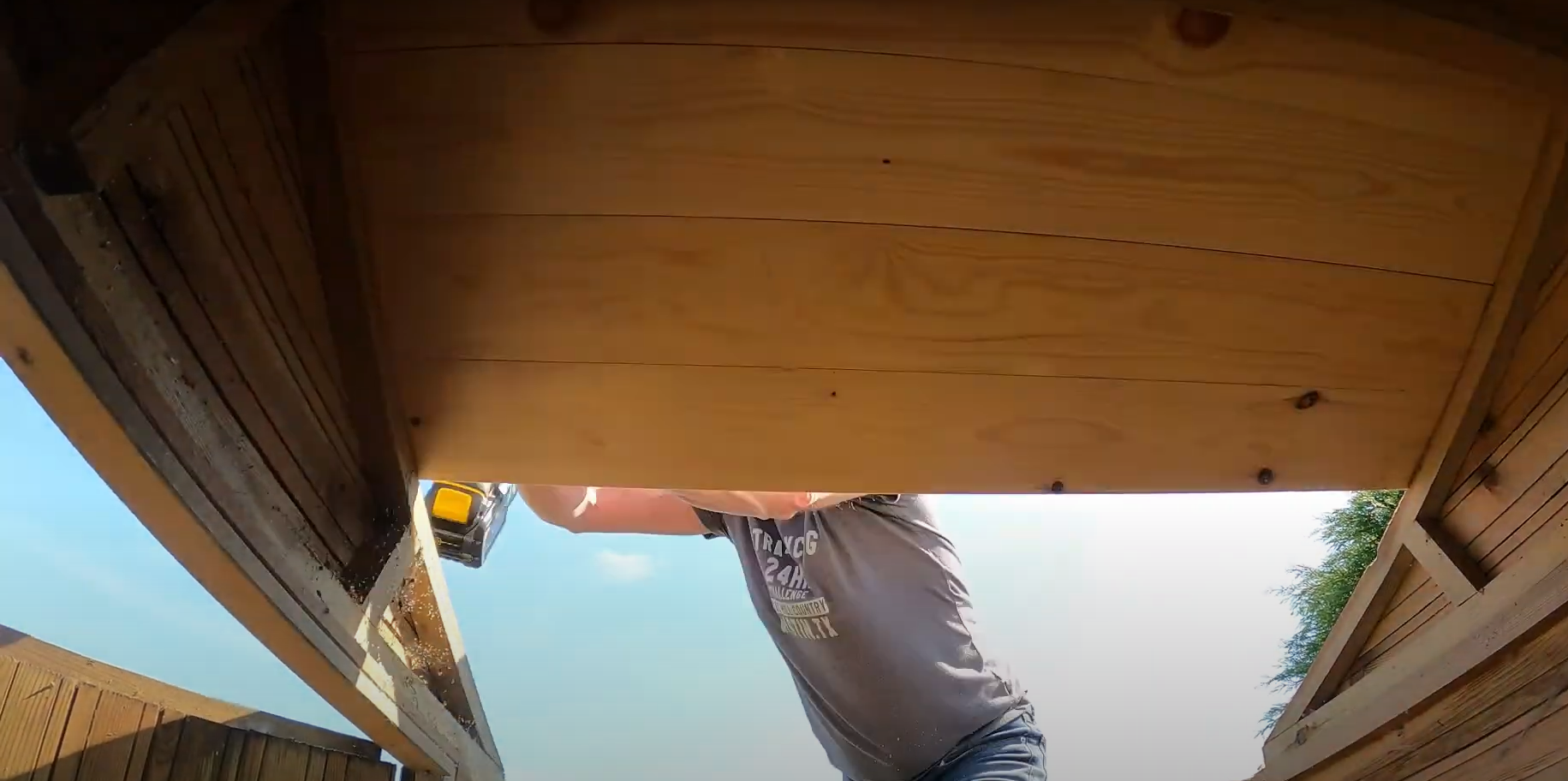
How To Repair a Sagging Roof?
If your shed roof is sagging, you may need to replace it. But before you do that, there are a few steps you should take to make sure the problem can be fixed without replacing the entire roof.
First, inspect the interior of your shed to determine what type of framing and support system it has. Pay particular attention to any areas where there appears to be extra weight on the structure such as heavy equipment or furniture. If these items are creating an imbalance in the load distribution, then they must be moved or removed prior to beginning any repair work.
Next, identify which sections of the roof require repairs and how severe they are (e.g., loose shingles, broken tiles). Once you’ve determined the extent of the damage, assess whether it can be addressed through minor repair work or if a full replacement is necessary.
If a more extensive repair job is required, then you may need to install additional support beams in order to shore up the structure and prevent further sagging. This type of job should only be handled by an experienced contractor who has experience working on sheds.
Once your repairs are complete, inspect the roof regularly to make sure it is still in good shape and that any minor issues have been addressed. With proper maintenance and repair work, you can keep your shed’s roof looking great for years to come! [6]
What Safety Equipment Do I Need to Replace a Shed Roof?
Replacing a shed roof requires the use of several important safety pieces of equipment. Before beginning the job, make sure that you have on hand:
– Safety glasses to protect your eyes from flying debris;
– A hard hat to keep your head safe;
– Heavy duty work gloves to prevent cuts and scrapes while handling materials;
– Rubber soled shoes for traction and stability when working on the roof; and
– A sturdy ladder tall enough for you to safely reach the roof. Additionally, make sure you have someone with you to help spot or hold the ladder steady. Never attempt this project alone! Once all of your safety gear is in place, you can begin working on replacing your shed roof. Good luck!
It is important to take safety precautions seriously when replacing a shed roof. Wearing the right gear and having someone to assist you can help ensure that the job is done safely and correctly. Taking the time to prepare in advance will pay off in the end, so don’t skip these vital steps before starting your project. With the right equipment and some hard work, you’ll be able to enjoy your new roof in no time at all!
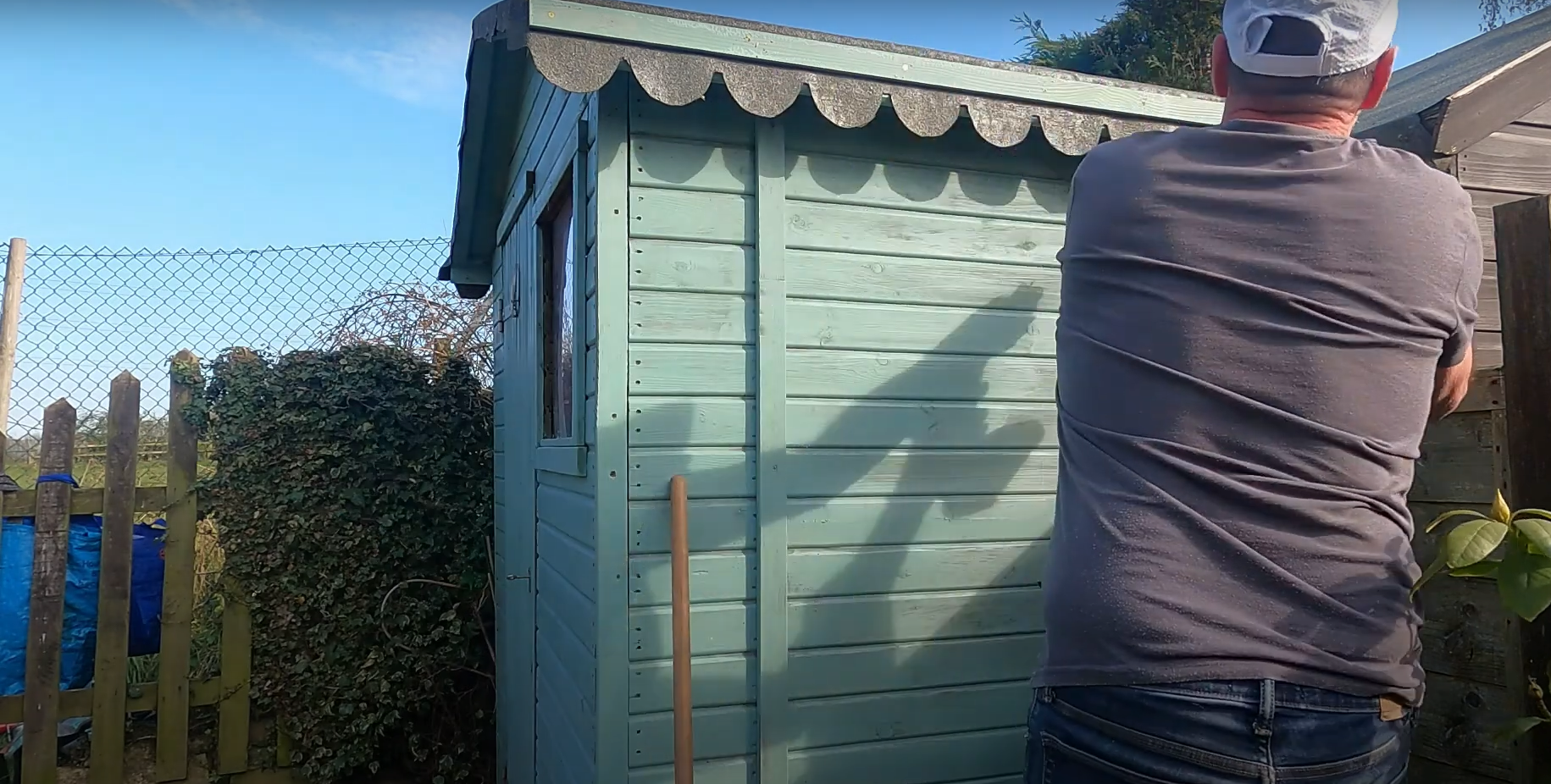
Things to Avoid When Replacing a Shed Roof
- Avoid cutting corners when it comes to the materials you use. Poor quality roofing material can quickly deteriorate, leading to costly repairs or replacement in the future.
- Try not to skip any steps of the process. Even seemingly minor details such as sealing around vents and chimneys are important for ensuring your shed roof is properly waterproofed and secure against damage from weather conditions.
- Don’t forget about basic safety precautions when replacing a shed roof, such as wearing protective clothing, using ladders safely, and avoiding activities that could put you at risk of slipping or falling off the roof.
- Finally, be sure to check local building codes before beginning your project to make sure you are meeting all the necessary requirements. Failure to adhere to local regulations could result in costly fines or other penalties.
By following these simple tips, you can ensure that your shed roof replacement project is successful and long-lasting. With the right materials and careful attention paid to safety concerns, replacing a shed roof doesn’t have to be an intimidating task! [7]
Cost of a Shed Roof Replacement
The cost of replacing a shed roof depends on the type, size, and complexity of the project. Generally, you can expect to pay anywhere between $800 – $1,200 for basic installations with standard materials. However, if you opt for a more complex installation with premium materials like cedar shakes or metal panels, the price could increase significantly. Additionally, labor costs will vary depending on the complexity of the job and your location. It is important to get multiple quotes from qualified professionals before committing to any roof replacement project.
FAQ
What is the cheapest way to roof a shed?
The cheapest way to roof a shed is to use asphalt shingles, which are easier to install and cost less than other types of roofing materials. However, if you want more protection from the elements, metal roofing or rubber membrane may be better options. It’s important to consider your budget when deciding on a type of material for your shed roof.
How long does it take to replace a shed roof?
On average, replacing an existing shed roof can take anywhere from 6–10 hours depending on the size of the shed and type of roofing material used. If you’re also repairing any damage with the new installation, this could add additional time as well. Make sure that you have adequate experience with roofing before attempting this job.
How much does it cost to replace a shed roof?
The cost of replacing a shed roof depends on the size of the shed, the materials used for covering, and labor costs. Asphalt shingle roofs typically range from $400-$900, while metal roofs can cost between $700-$3000. Additionally, you may also need to factor in any necessary repairs or upgrades that need to be done beforehand.
Can I install a new shed roof myself?
Yes, some people are capable of installing their own shed roof as long as they have adequate knowledge and experience with home improvement projects. However, we recommend consulting an expert if you’re not sure what you’re doing, as roof installation is a very technical process and can be dangerous if not done correctly.
What are the most common materials for shed roofs?
The most common type of material for shed roofs is asphalt shingles, which are relatively cheap and easy to install. However, metal roofs and rubber membranes are also popular options for those looking for more durability or protection from the elements. Make sure you research each material before deciding on one to make sure it meets your needs.
How do you fix a rotten shed roof?
Rotten shed roofs are a common problem and need to be addressed quickly in order to maintain the integrity of your shed. To fix a rotten shed roof, you’ll need to remove any damaged sections and replace them with new material. This can be done with either shingles or metal roofing panels in order to match the existing design of the roof.
To begin, use a shovel or similar tool to scrape away any loose material around the damaged area. Then cut out a section slightly larger than the hole using an electric saw or handsaw. Measure across and up from this point to get an accurate measurement for any new replacement pieces needed. Make sure you purchase materials that are designed for outdoor use and that are compatible with the existing roof material. Place the new piece in place and secure it using nails or screws, depending on the material used.
Once the repair is complete, re-seal any seams around edges using a suitable sealant to ensure maximum protection against moisture. Lastly, inspect your work and add shingles or additional roof panels if needed.
When should I replace my shed roof?
If your shed has been damaged by weather or other factors and the roof is leaking, it may be time to replace it. Additionally, if you notice any staining or deterioration of your shed’s roof, this can also indicate that a replacement is necessary. To make sure your shed remains safe and secure, it’s important to inspect your roof on a regular basis and take action when needed. With proper maintenance, you should be able to extend the lifespan of your shed significantly. Finally, if you feel like the task of replacing a shed roof is too much for you to handle alone, don’t hesitate to call in professional help. A reliable contractor will have the right tools and expertise necessary to get the job done safely and quickly.
What is the disadvantage of a shed roof?
One of the main disadvantages of a shed roof is that it doesn’t provide much protection against heavy rain or snow. This can cause water to accumulate in certain areas, which can lead to further damage over time if not addressed properly. Additionally, shed roofs are often installed without any protective coating, which makes them more susceptible to damage from the elements. Furthermore, some shed roofs may be too steep for safety and stability purposes, meaning they need additional reinforcement before being used.
Useful Video: How to Replace your shed roof
Conclusion
Replacing a shed roof is an important task that, if done correctly and with quality materials, can ensure your shed remains safe and weather-proof for years to come. If you plan on tackling this project yourself, take the time to measure and cut accurately; preferring safety over speed as you work. Consider using fully synthetic underlayment and adhesive in order to seal any gaps between panels or at the edges of the shed. Once all pieces are in place, use galvanized screws to add stability and finish off with waterproof caulk or sealant around any joints, seams or corners for extra protection. With careful planning and execution, removing your old shed roof panels and installing new ones shouldn’t be too difficult – giving you better peace of mind and keeping your shed in top condition for years to come.
Good luck with the project!
References:
- https://www.myjobquote.co.uk/how-to/replace-a-shed-roof
- https://homeguides.sfgate.com/reroof-shed-95117.html
- https://www.tigersheds.com/blog/how-to-repair-a-shed-roof/
- https://www.roofingmegastore.co.uk/blog/shed-roof-repair.html
- https://plasticinehouse.com/shed-roof-repair/
- https://www.ehow.com/how_12216025_replace-roof-metal-storage-shed.html
- https://www.ironmongerydirect.co.uk/blog/how-to-replace-a-shed-roof






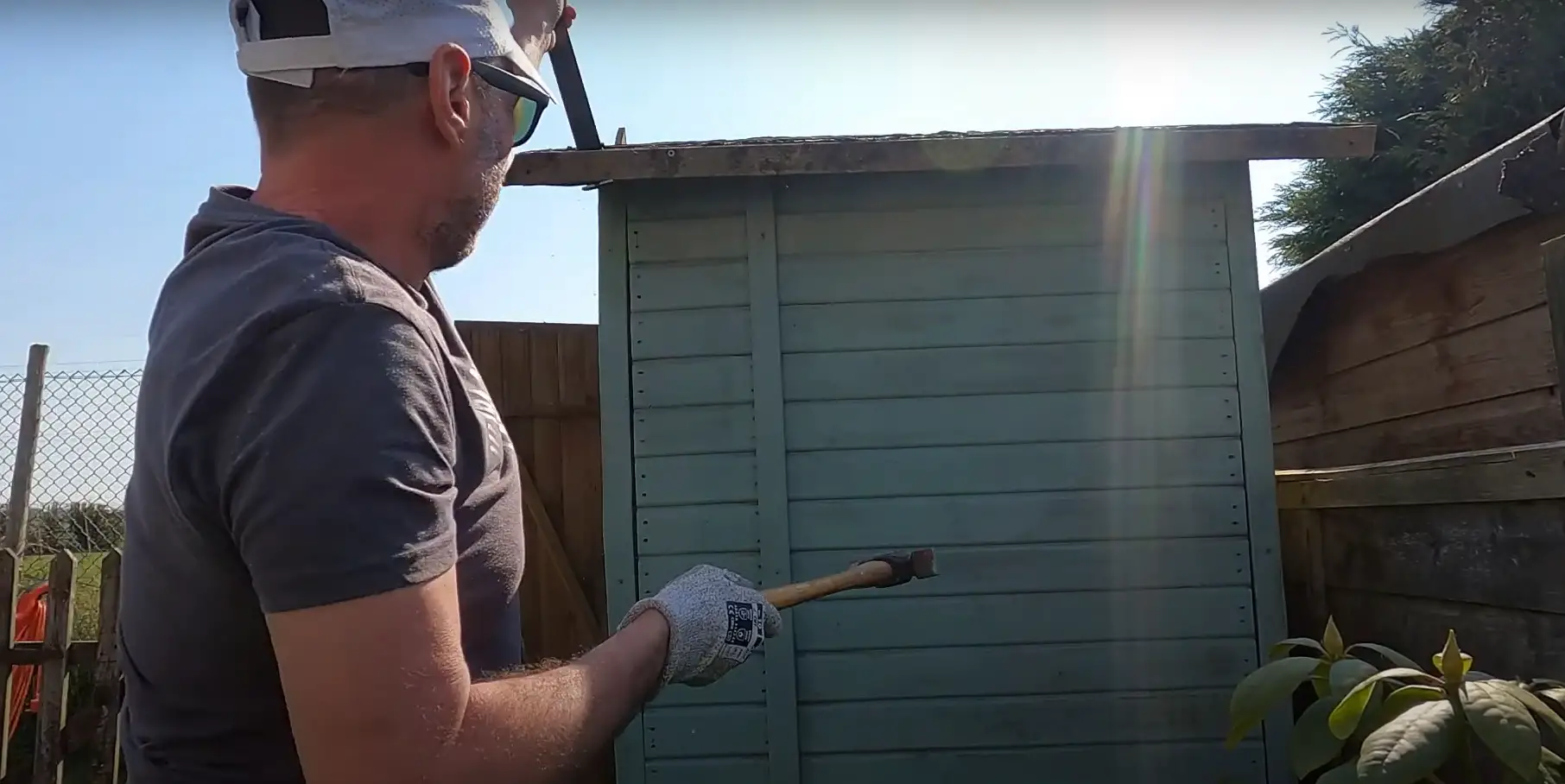
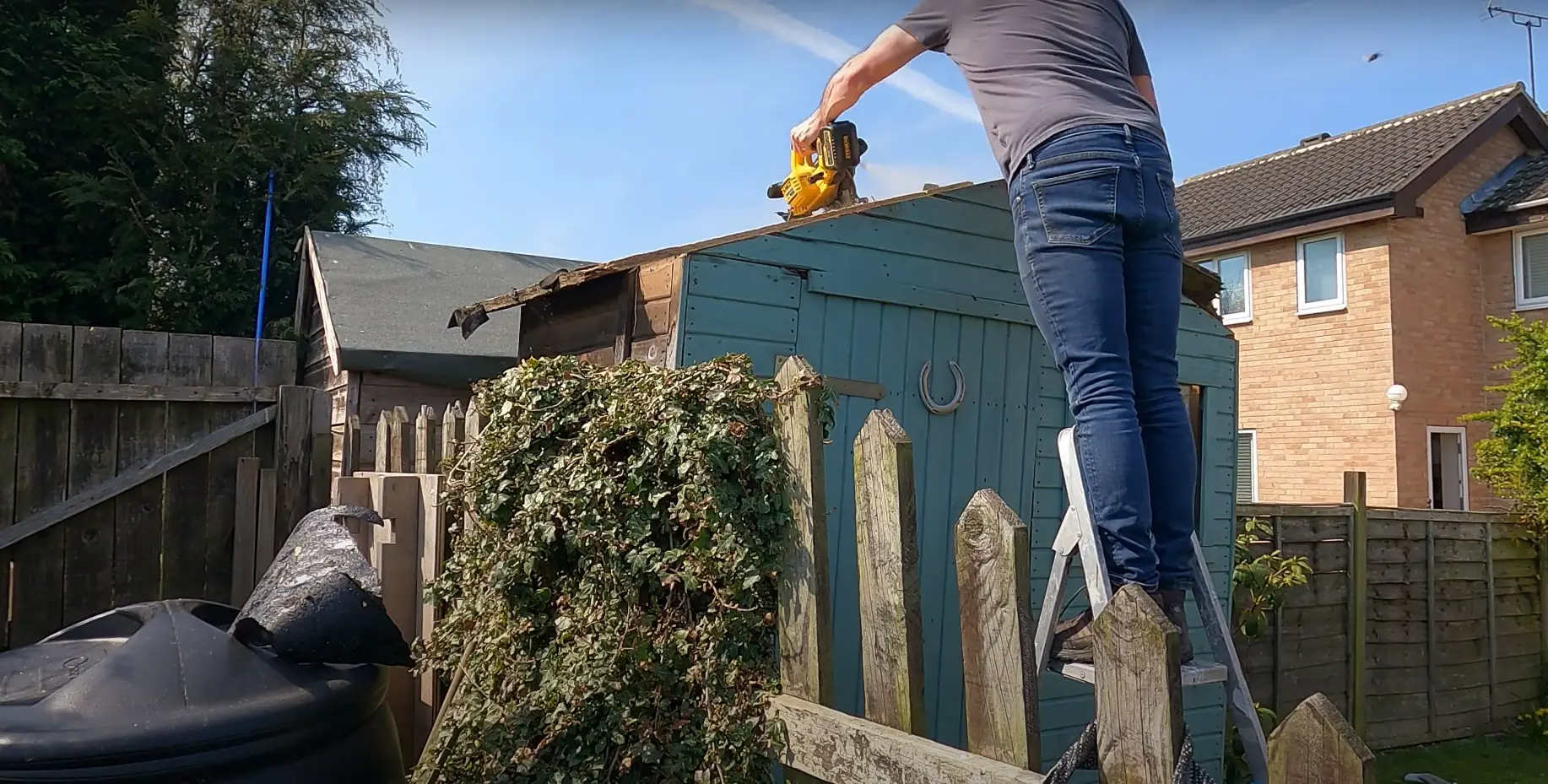
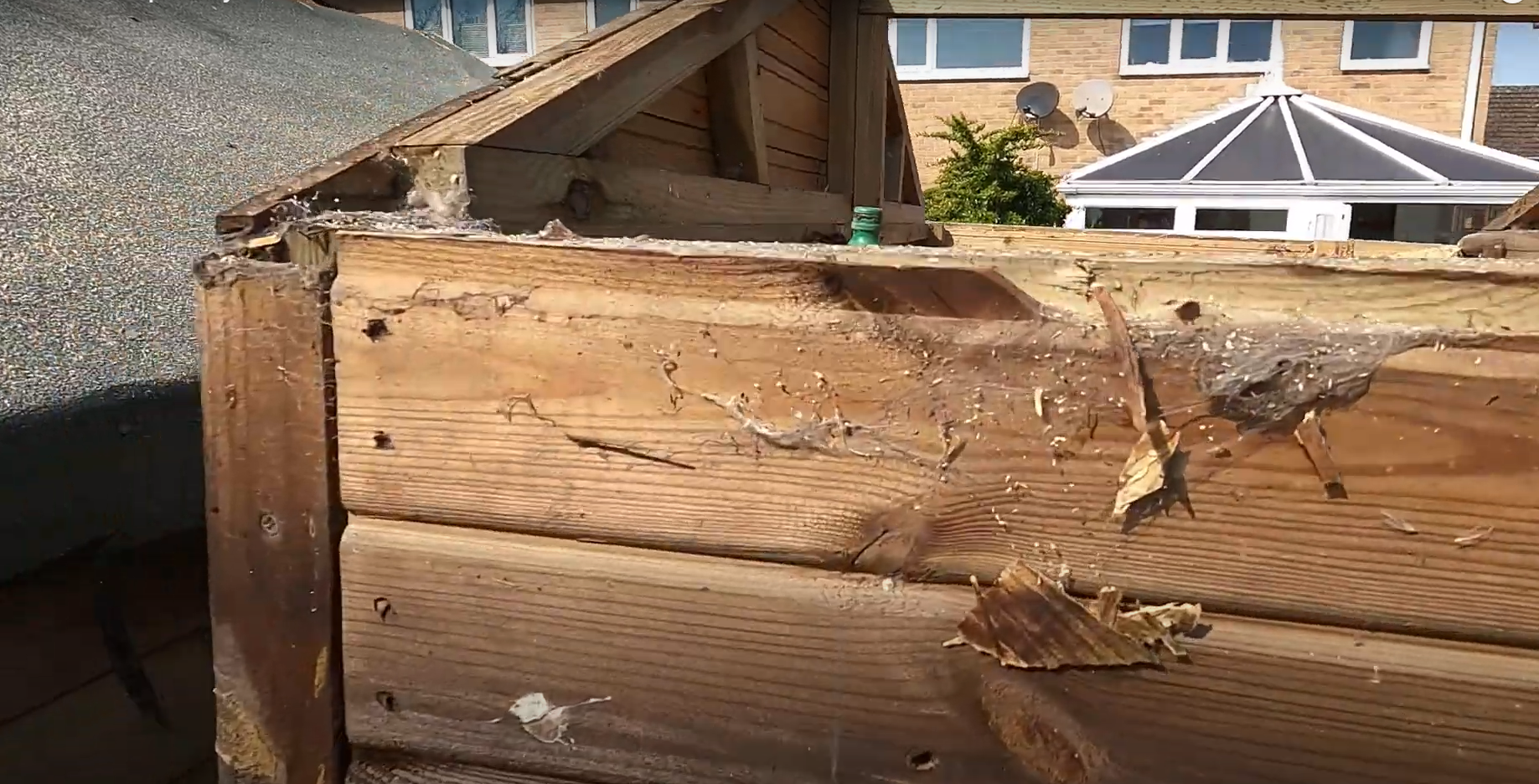




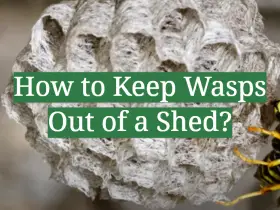
Leave a Reply
View Comments